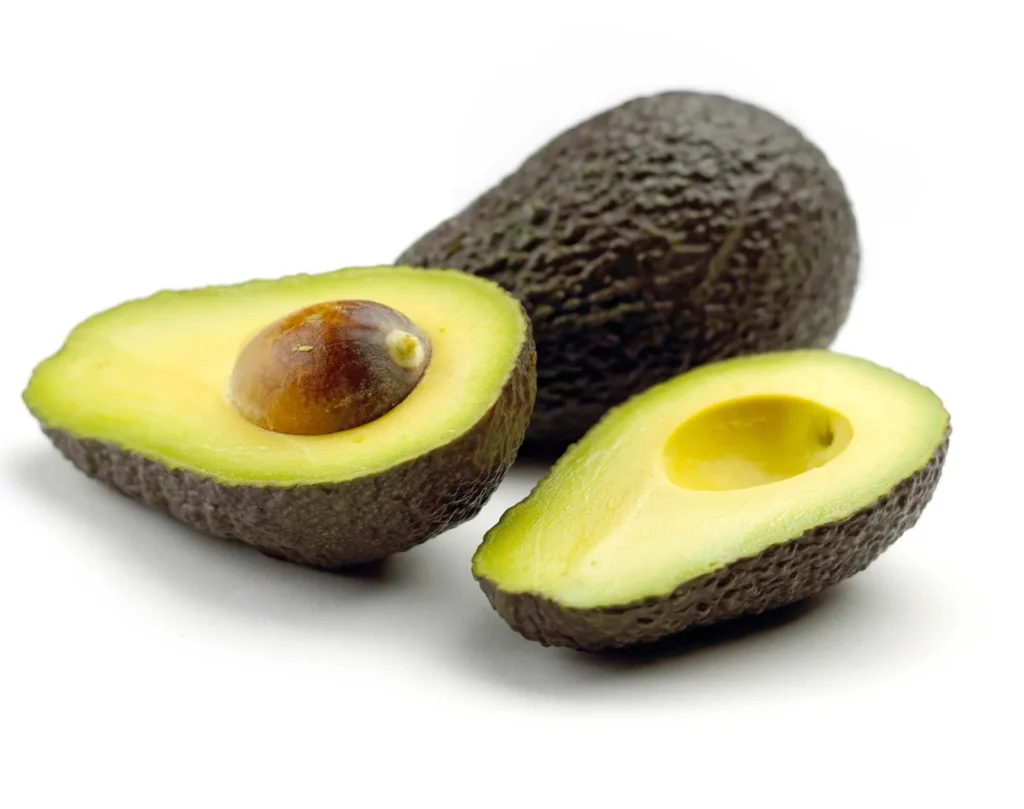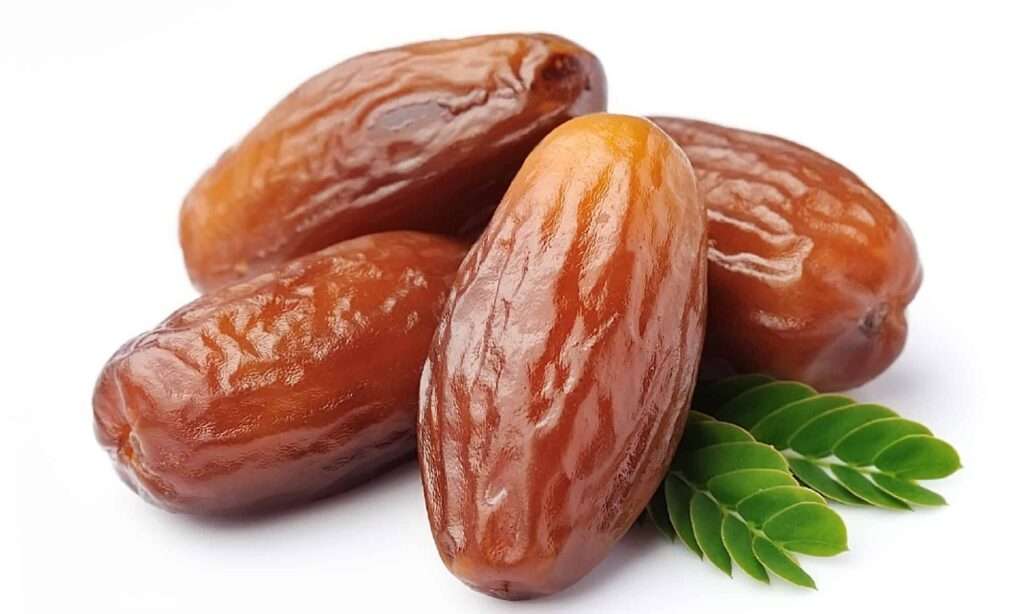
Description
The apple is a pome (fleshy) fruit, and the ripening ovary and surrounding tissue both become fleshy and delicious. Apples are normally roundish in shape, and a shade of green, red, or yellow when they are harvested.
Apple Varieties
Three general categories can be used to organize apple varieties: cooking variations, cider varieties, and dessert varieties. All of these groupings emphasise colour, size, aroma, smoothness, and sometimes sharpness and tang, despite the fact that they greatly differ from one another. Numerous varieties contain little tannin, little acidity, and a fair amount of sugar. In the US, popular dessert apple cultivars include the Honeycrisp, Gala, Red Delicious , and Golden Delicious.
Uses
Although apples are most frequently consumed fresh, they can also be baked and cooked. They can be processed into cider, applesauce, butter, vinegar, or juice. Slices can be dried and stored for subsequent use. Apples can also be used to extract beneficial substances like fructose and pectin.

Nutrition
Apples are a great source of antioxidants, fiber, and vitamin C. The nutrients they provide are as follows:
Calories: 95
Carbohydrates: 25 grams
Vitamin C: 14 percent of the Reference Daily Intake (RDI)
Fiber: 4 grams
Vitamin K: 5 percent of the RDI
Potassium: 6 percent of the RDI
0.3 grams of protein
10.4 grams of Sugars
0.2 grams of fat
Water: 86 percent
Cultivation
Apple trees need well-drained soils, and fertilizers may be used if the yield is insufficient. For orchard planting, scions of the chosen kinds are often grafted onto nursery of hardy seedlings that are around 18 months old. Protection against pests and competing vegetation may be the extent of management for the six to eight years prior to the beginning of significant apple production.
Table





